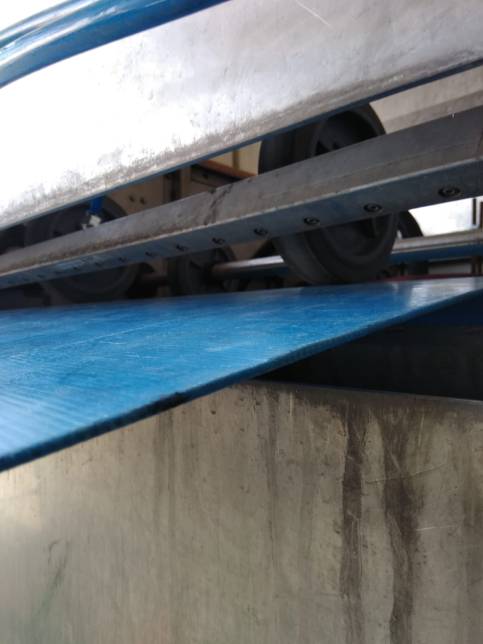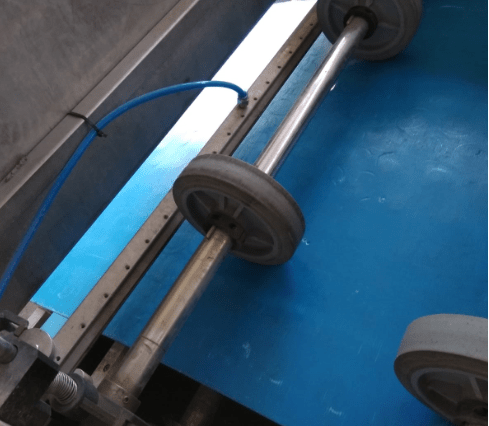There’s nothing quite like an ice-cold Coke from McDonald’s. While there’s many reasons for this, one of the reasons for the unique experience of a McDonald’s Coke lies in the straw itself. In their drinks, they provide wider straws that are designed to help enhance the taste of Coca-Cola, or so they claim. Another impact of this is it allows you to drink significantly faster. The wider the opening for liquid to pass through, the more volume you’re able to drink. Imagine trying to drink your Coke, or any other beverage, through a coffee stirrer. I imagine you’re going to have a difficult time and a dry mouth as you try and force what little amount of liquid you can through the small I.D. of a coffee stirrer. Try that with a milkshake and the problems compound…..
The same is true when it comes to plumbing of your point-of-use compressed air products. I recently assisted a customer that was experiencing lackluster performance from the Super Air Knife they purchased. The application was fairly straightforward, they were hoping to reduce the rate of rejected material on their production line of plastic sheets. The sheet goes through a washing process to remove any residual contaminants, then would air dry as it made its way down the line. As the material dried, there were water spots left on the material that would have to then be cleaned off. In the hopes of speeding up the drying process, they purchased a Model 110060 60” Super Air Knife to provide a wide laminar sheet of air to dry the material.

When they hooked everything up, the flow from the knife seemed far less than they were expecting. They were supplying full line pressure (just over 90 PSIG), so in theory they should feel a strong blast of air from the knife. When they installed a pipe tee and pressure gauge directly at the inlet, they noticed the pressure was dropping to 35 PSIG while the knife was in operation. When this occurs, it’s indicative of a lack of volume of air. This can be caused by undersized compressor, or improper plumbing. In their case, they were only plumbing compressed air to one center inlet of the knife. For a 60” knife, EXAIR recommends a minimum of (4) air inlets to ensure adequate volume.

The size of these lines is also critical. You can’t force greater volumes of air through a smaller hose or pipe, just like you can hardly drink through a coffee stirrer with any great success. A 60” knife requires a supply pipe size of 1-1/2” for up to a 50’ run, if you’re trying to supply a knife of this length with a 100’long, ¼” ID hose, you’re not going to get the performance you expect. If you’re experiencing less than optimal performance from any of your EXAIR Intelligent Compressed Air Products, there’s a good chance air supply is the culprit. The first step is determining what the actual inlet pressure is, install a pipe tee and pressure gauge right at the inlet. Then, give us a call and we’ll help work through the proper line sizes and ensure that you’re getting the most out of our products.
I hope I didn’t make you hungry or thirsty… But I think I know where and what I’m having for lunch 😊!
Tyler Daniel
Application Engineer
E-mail: TylerDaniel@EXAIR.com
Twitter: @EXAIR_TD